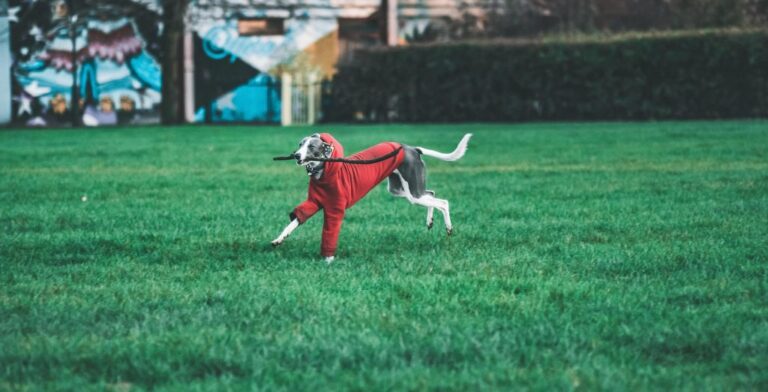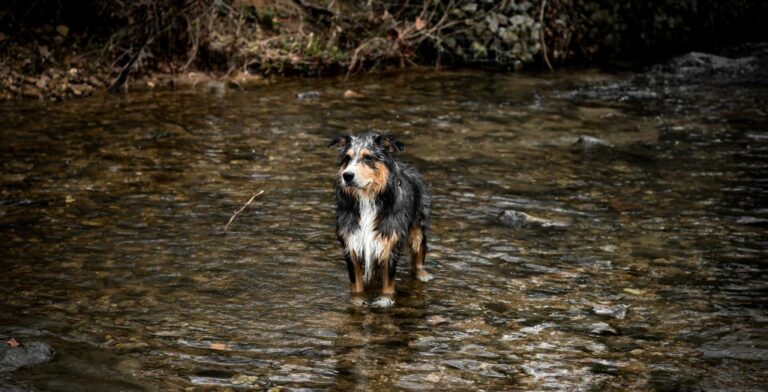Australian Shepherd - Loyal, Smart, and Energetic
The Australian Shepherd, often referred to as the “Aussie,” is a highly intelligent, energetic, and affectionate breed, renowned for its herding skills and strong bond with its owners. Contrary to its name, the breed actually originated in the United States. With their keen intelligence, agility, and unwavering loyalty, Australian Shepherds have become a favored choice for active families and working dog enthusiasts. This article explores the breed’s history, traits, temperament, training needs, and overall care requirements.
Origins and History of the Australian Shepherd
The Australian Shepherd was developed in the 19th century when Basque shepherds from Europe migrated to the United States, bringing along their herding dogs. Many of these shepherds had previously spent time in Australia, which led to the breed’s misleading name. Over time, these dogs were refined and bred for their exceptional herding capabilities, making them invaluable to American ranchers and farmers. The American Kennel Club (AKC) officially recognized the breed in 1993.
Physical Characteristics of the Australian Shepherd
The Australian Shepherd is a medium-sized dog with a sturdy and athletic build. Below are some defining physical traits:
- Size: Males typically weigh 50-65 pounds, while females range from 40-55 pounds.
- Coat: They have a medium-length, weather-resistant double coat.
- Color Variations: Aussies come in multiple colors, including blue merle, red merle, black, and red, often with white and tan markings.
- Eyes: They are famous for their striking eyes, which can be blue, brown, amber, or even two different colors (heterochromia).
- Tail: Some Australian Shepherds are naturally born with short tails, while others have longer tails, which may be docked.
Personality and Temperament
The Australian Shepherd is known for its intelligence, strong work ethic, and affectionate nature. Here are some key personality traits:
- Highly Intelligent: Aussies are quick learners and excel in obedience training.
- Energetic and Active: They need plenty of exercise to stay happy and healthy.
- Loyal and Protective: They form strong attachments to their owners and can be naturally protective.
- Friendly but Reserved: While they love their families, they can be cautious around strangers.
- Great with Kids: Their playful and affectionate nature makes them ideal family pets.
Training and Socialization
Training an Australian Shepherd is crucial due to their intelligence and energy levels. Early training and socialization help shape a well-mannered dog. Here are some key training tips:
- Start Early: Training and socialization should begin at a young age.
- Positive Reinforcement Works Best: Reward-based training using treats and praise yields great results.
- Mental Stimulation is Key: Engage them in activities like agility training, obedience classes, and puzzle toys.
- Exposure to Different Environments: Introduce them to various settings, people, and animals to boost confidence.
- Consistency Matters: Establish clear rules and routines to encourage good behavior.
Exercise and Activity Requirements
Given their working dog heritage, Australian Shepherds require a significant amount of exercise. Without proper stimulation, they may become restless and develop behavioral problems. Here’s how to keep them engaged:
- Daily Walks or Runs: They need at least 60-90 minutes of daily exercise.
- Agility and Herding Activities: Herding trials, agility courses, and flyball are great outlets for their energy.
- Interactive Games: Activities like fetch, frisbee, and hide-and-seek keep their minds sharp.
- Outdoor Adventures: Hiking, swimming, and other outdoor activities suit their energetic nature.
Grooming and Care
The Australian Shepherd has a beautiful coat that requires regular maintenance. Here are some grooming tips:
- Brushing: Brush their coat at least twice a week to prevent tangles and manage shedding.
- Bathing: Bathe them every 6-8 weeks or as needed.
- Ear Cleaning: Regularly inspect and clean their ears to prevent infections.
- Nail Trimming: Regularly trim their nails every few weeks to avoid excessive growth.
- Dental Care: Regular tooth brushing promotes good oral health.
Health Considerations and Lifespan
While generally a healthy breed, Australian Shepherds are prone to some genetic health conditions. Common concerns include:
- Hip Dysplasia: A condition affecting the hip joint, common in medium and large breeds.
- Progressive Retinal Atrophy (PRA): An eye condition that can lead to vision loss.
- Epilepsy: Some Aussies may develop seizure disorders.
- Collie Eye Anomaly (CEA): A hereditary eye disorder affecting vision.
- MDR1 Gene Mutation: Some Aussies have a genetic sensitivity to certain medications.
With proper nutrition, exercise, and regular vet check-ups, Australian Shepherds typically live between 12-15 years.
Is the Australian Shepherd the Right Choice for You?
The Australian Shepherd flourishes in active homes that provide ample exercise and mental stimulation. They do best in homes with yards where they have space to run and play. If you lead a sedentary lifestyle or cannot commit to their high energy levels, this breed may not be the best fit for you.
Conclusion
The Australian Shepherd is a devoted, intelligent, and energetic breed that excels in various canine sports and makes a fantastic family companion. Whether you need a hardworking herding dog or an affectionate pet, Aussies are a great choice for active and engaged owners. With proper training, socialization, and care, they will be a loyal and loving part of your family.
FAQs
1. Are Australian Shepherds good family pets?
Yes, Australian Shepherds are loving, loyal, and great with kids, making them excellent family dogs.
2. How much exercise does an Australian Shepherd need?
They need at least 60-90 minutes of daily physical and mental activity to stay happy and healthy.
3. Do Australian Shepherds shed a lot?
Yes, they shed year-round, with increased shedding during seasonal coat changes. Regular brushing helps manage it.










